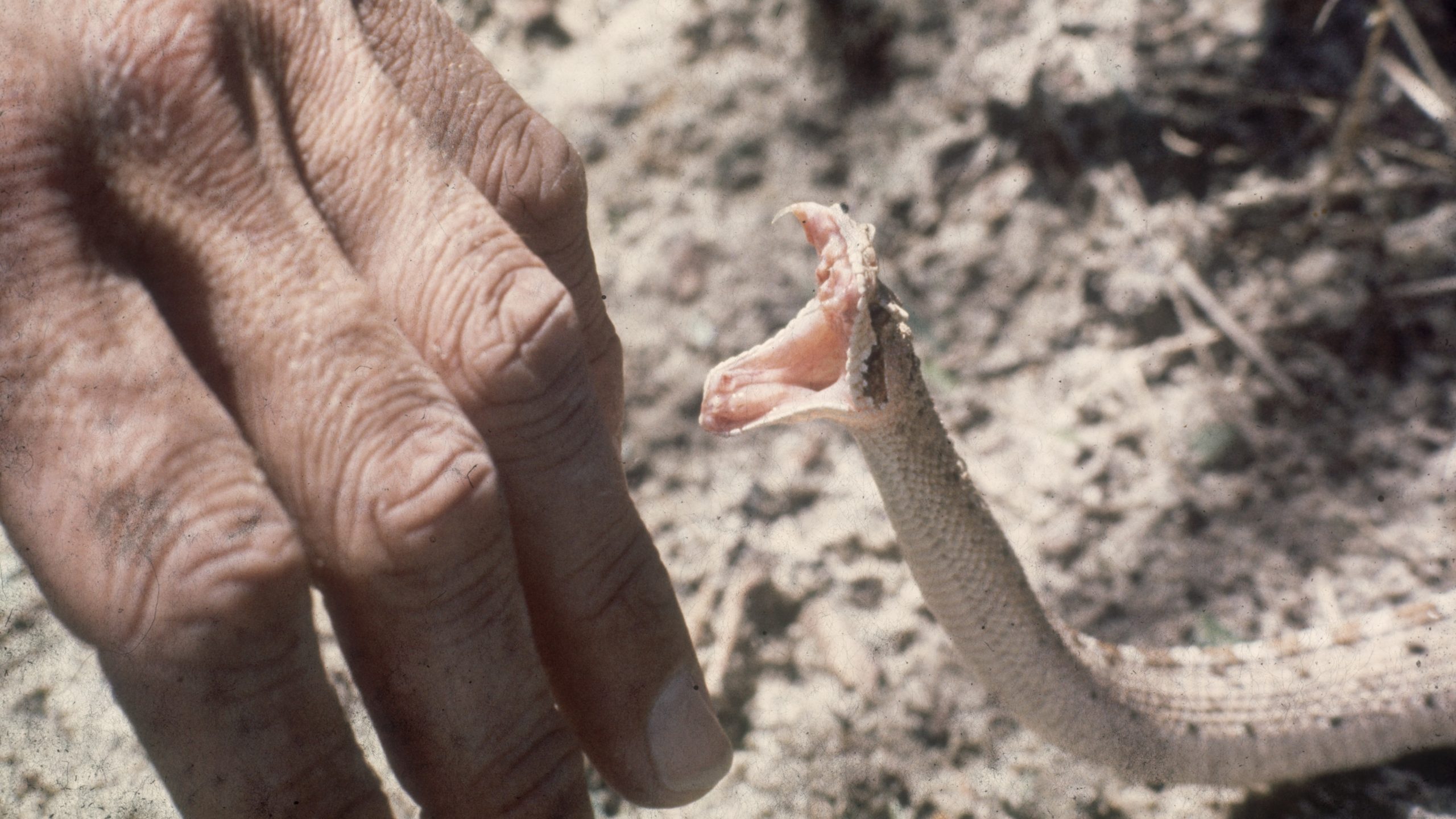On a warm day, lots of people head outdoors to hike and enjoy nature. And they’re not the only ones taking advantage of the weather.
Scovronick: “Snakes are coldblooded, which means their body temperatures and their behaviors are influenced by the ambient temperature. So the outdoor temperature influences how active they are.”
Noah Scovronick was part of a team at Emory University that wanted to learn how changes in temperature affect the prevalence of snake bites in Georgia. The state is home to dozens of snake species, including seven that are venomous.
The team pulled data on emergency department visits for snakebites over a seven-year period.
Scovronick: “And then we could link each of those visits with the temperature on the day of the visit as well as the days leading up to the visit.”
They found that, on average, a temperature increase of almost 2 degrees Fahrenheit was associated with a nearly 6% increase in the odds of a hospital visit for a venomous snake bite.
The link was strongest in springtime.
Every year, hundreds of people in Georgia visit the hospital after a venomous snake bite.
And this research suggests that as the climate warms, the risk of snakebites could grow at certain times of the year. So Georgians should stay alert.
Reporting credit: Sarah Kennedy / ChavoBart Digital Media
Source link


